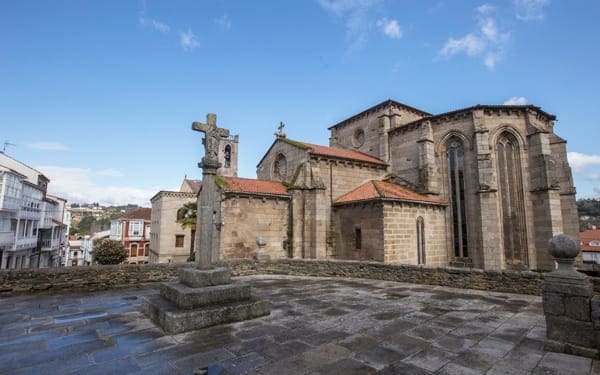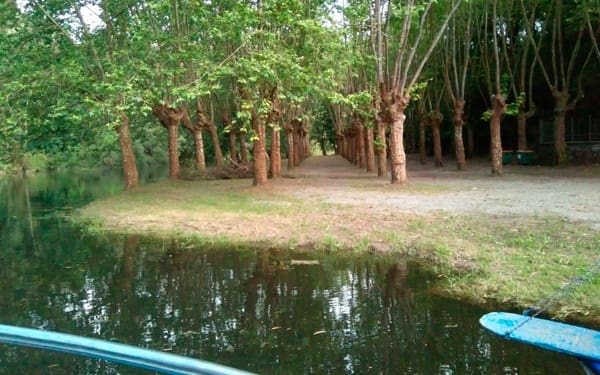The Museo das Mariñas is located in the Convent of Santo Domingo de Betanzos. The building, dating from the mid-sixteenth century, has had various uses until the present, being the headquarters of the convent itself, the Civil Guard barracks or a municipal institute. It also houses the Alfonsetti Cinema, one of the oldest in Spain.
The collection includes pieces from all historical periods, from references to life in the castros to more contemporary pieces, all grouped together in the two-story corridors and in several adjacent rooms. It also has a large ethnographic collection, with various items of everyday life and ancient trades of the city.
Given the importance of Betanzos in medieval times, the collection of this period should be highlighted, with objects such as the tombs of Sancha Rodríguez (wife of Fernán Pérez de Andrade) or Alfonso de Carvallido and his wife, merchants of Betanzos and leaders of the Irmandiña Revolt; or also pieces of the disappeared cloister of San Francisco and the granite sculpture of Santiago Apostle pilgrim.
Wine has been one of the pillars of the city’s economy and its history is present through different places and elements for its cultivation and manufacture. Also noteworthy is the ethnographic collection on flax, which was so important in the history of the region.
Among the rooms, highlights the so-called Sala del Traje, which houses one of the best collections of traditional costumes of Galicia. Also noteworthy is the collection of guild costumes of the city of Betanzos and donations of costumes of Betanzos families dating from the nineteenth century.
Another important room is the one dedicated to the old Hospital de San Antonio, with the doors of the hospital with portraits of its founders and an apostolate acquired by the founders and from the school of Rubens.
On the upper floor stands out, above all, the recreation of the schools designed by the García Naveira brothers, two Indianos who on their return from Argentina in the late nineteenth century founded numerous welfare works in the city. This floor also has curious objects such as the flag of the Government of the Republic in exile in Paris, as well as documents and emblems of different groups such as the Irmandades da Fala or the Centro Betanzos de Bos Aires.
In short, the Museo das Mariñas is simply the gateway to the vast heritage of the city of Betanzos, where it will be necessary to complement the visit by approaching other resources such as the medieval city itself, its temples, the Parque del Pasatiempo and the other works of the García Naveira or the streets where you can taste the wine and gastronomy of the area.

 Betanzos, Galicia
Betanzos, Galicia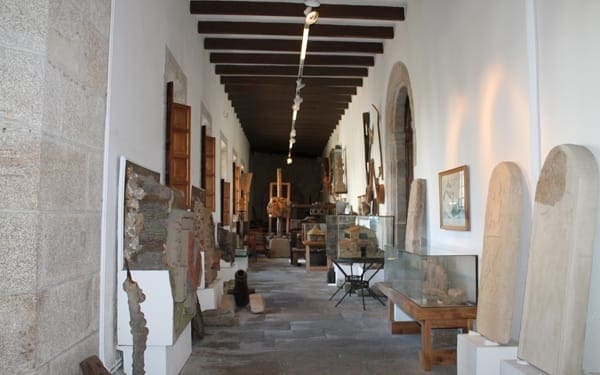
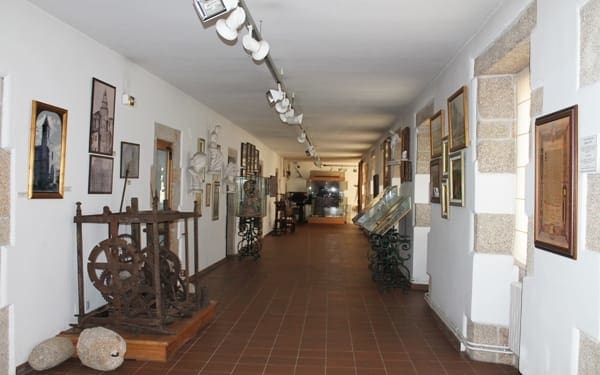
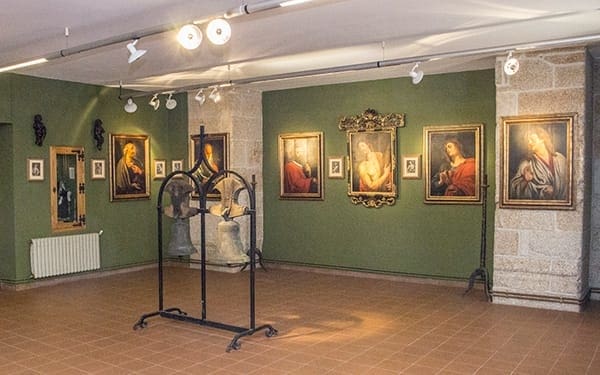
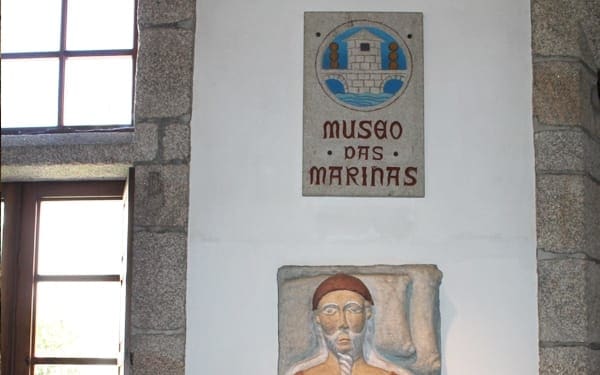

 Museo das Mariñas
Museo das Mariñas 